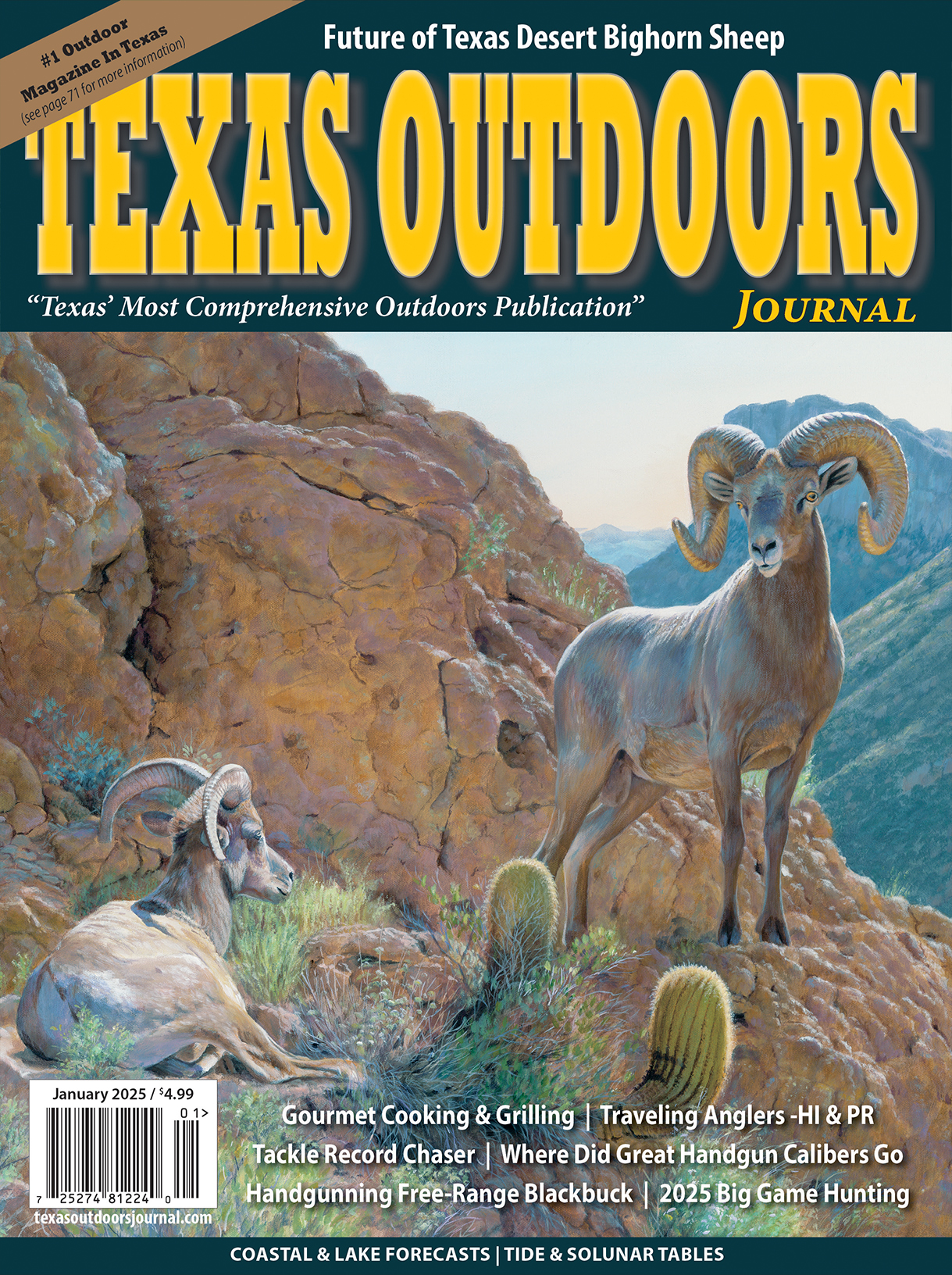
Texas State Parks Finally Flaunting Their Fall Foliage
A reluctant autumn with warmer than usual temperatures finally is giving way this week to the season’s first major cold front, signaling to Texas flora that it’s time to don their colorful foliar cloaks. More than 90 Texas state parks offer leaf-peepers of all ages a safe and family-friendly setting in which to enjoy the show.
As the season’s first cold fronts slide southward, fall insinuates itself first upon the Panhandle plains and mountains of West Texas, where towering cottonwood trees in such scenic places as Palo Duro Canyon and Davis Mountains display a fluttering, golden wardrobe to brighten the canyons and creekbeds.
Reports have been coming in the past week from a number of state parks in northeast, east and central Texas that the leaves are changing. At Caddo Lake and Guadalupe River state parks, majestic bald cypress trees are lighting up the water with reflections of their rust-colored needles. The sweetgums and hickories in Caddo Lake’s woodlands are beginning to show some color, which is expected to last for another couple of weeks. Hardwood forests in deep East Texas state parks, such as Daingerfield and Martin Dies Jr., have begun sporting leaves of gold, burnt orange and crimson.
Northwest of San Antonio, the state’s relict population of bigtooth maples and other hardwoods at Lost Maples State Natural Area are just beginning to show hints of color around and are expected to be fine sartorial splendor in coming weeks, perhaps as late as Thanksgiving, according to Richard Treece, the park’s lead interpretive ranger. Treece strongly advises park visitors to visit Lost Maples during weekdays to avoid long lines of traffic on State Highway187. To see Treece’s latest updates on the changing fall foliage, visit: http://www.tpwd.state.tx.us/state-parks/lost-maples/foliage-reports.
In North and Central Texas, park staff at Cleburne, Dinosaur Valley, Meridian and Lake Mineral Wells are expecting an eye-popping fall foliage display. “Lake Mineral Wells may have the most variety of species, including cedar elm, cottonwood, pecan, red oak, blackjack oak and post oak,” says Jane McFarland, interpretive specialist in Waco. “Visitors should make a point to see one of the largest American elm trees in Texas on the Cross Timbers Trail.”
Inks Lake and other Hill Country state parks’ limestone and granite hilltops, ridges and canyons depend on such species as cedar elm, Texas red oak, black-jack oak and flame-leaf sumac for fall color that makes for a stunning contrast with greenery of live oaks and the plentiful ashe junipers (cedar). Even poison ivy, Virginia creeper and such native grasses as big and little bluestem, and bushy bluestem add to nature’s dazzling autumn show.
For fall foliage photos and updates at your favorite state parks, look online for postings on their Facebook pages: https://www.facebook.com/texasparksandwildlife.
To see Texas State Park fall foliage images, visit: http://tpwd.texas.gov/newsmedia/news_images/?g=fall_foliage







